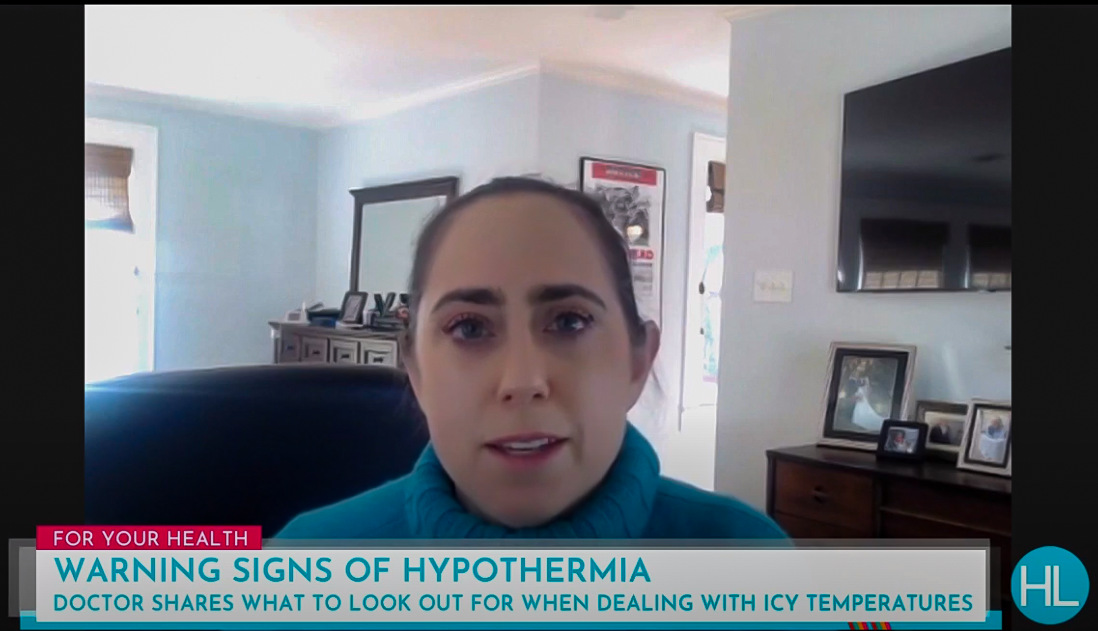Understanding Hypothermia: Tips from Dr. Hilary Fairbrother on KHOU 2’s “Houston Life”
As we bid farewell to the winter season, it’s crucial to remain vigilant and take precautions as the colder temperatures can still pose risks in transitional weather.
Recently, EM’s Hilary Fairbrother, MD, MPH shared some great tips on KHOU 2′s Houston Life show regarding a topic crucial during these last colder days: hypothermia. With temperatures still fluctuating, it’s essential to be aware of the dangers and early warning signs, even when temperatures are not below freezing.
What is Hypothermia?
Hypothermia occurs when our body’s temperature drops significantly below normal, affecting our entire body, inside and out. This condition can be life-threatening, especially if left untreated.
Dangers and Early Warning Signs
Dr. Fairbrother emphasized the importance of recognizing early warning signs of hypothermia, which can happen to anyone, particularly those who struggle to get out of the cold or have moisture on their clothes or skin. Symptoms include shivering, confusion, slurred speech, drowsiness, and difficulty moving.
Difference Between Frostbite and Hypothermia
It’s essential to distinguish between frostbite and hypothermia. While both are cold-related conditions, hypothermia involves the entire body becoming too cold, whereas frostbite affects specific areas of the body due to poor blood flow.
Protect Yourself
Wearing appropriate attire is crucial, especially covering body parts far from the heart, like our fingers, ears, and toes. These areas are prone to poor blood flow and are more susceptible to cold-related injuries. Layering up and staying dry are also essential to prevent heat loss.
As we navigate through the end of this cold season, let’s remember Dr. Fairbrother’s advice and take necessary precautions to stay safe and warm. Whether you’re staying in Houston or traveling to colder environments, awareness and preparedness are key in preventing hypothermia and its potentially serious consequences.
